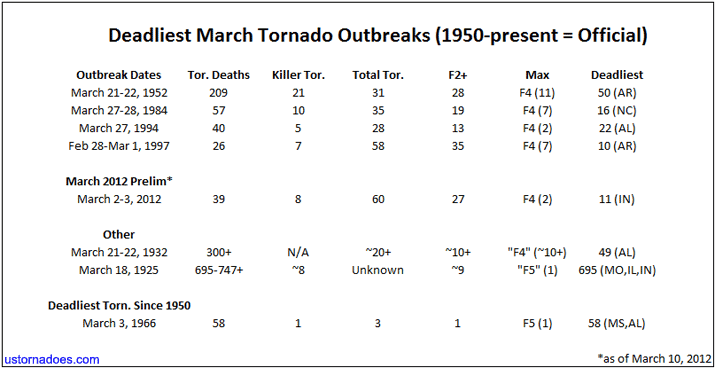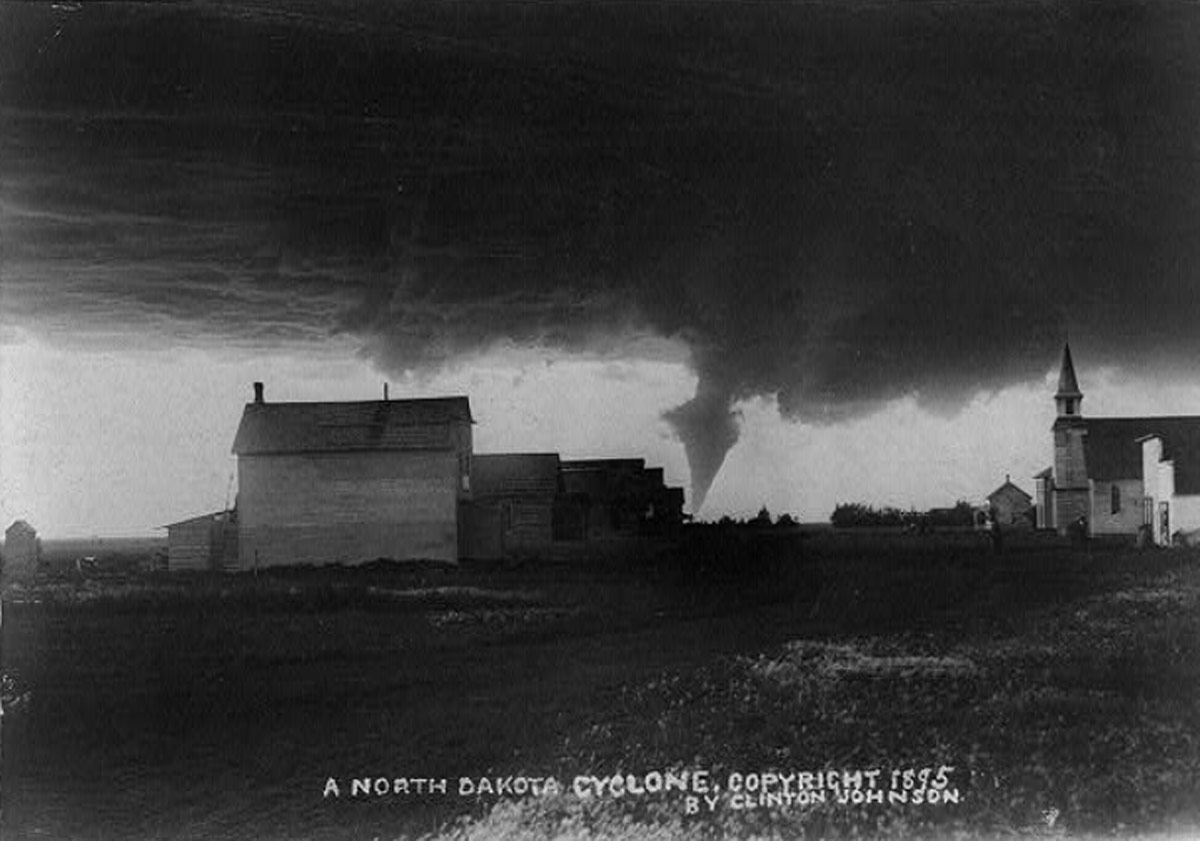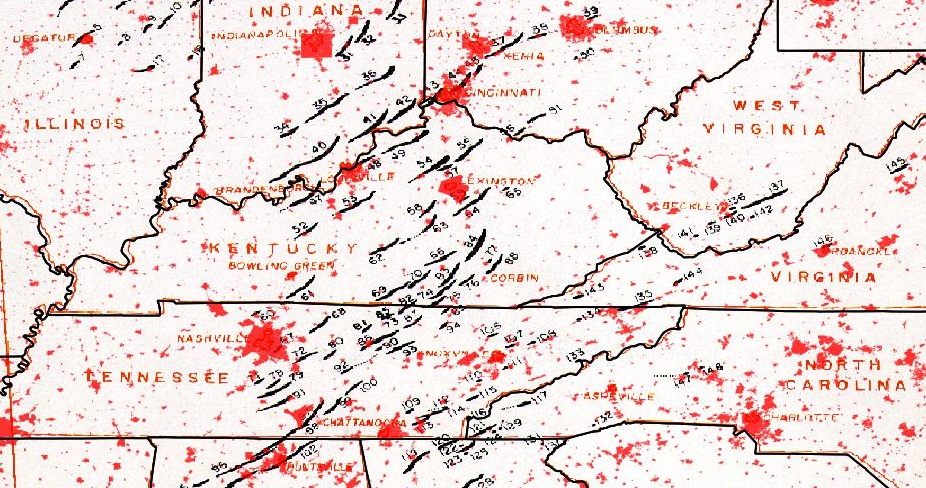Reports currently indicate nearly 40 people were killed by the March 2-3, 2012 tornado outbreak. An examination of other March tornado outbreaks since official records began in 1950 shows that the death toll from the March 2012 outbreak is indeed significant historically. The March list is topped by one of the United States’ deadliest tornado outbreaks on record in 1952 which killed 209. That event only ranks behind the Palm Sunday Outbreak, the April 2011 Outbreak and the 1974 Outbreak in modern records. Three of the top 5 killer tornadoes in March occurred during the March 1952 outbreak alone, those tornadoes had tolls of 50, 38 and 29.
As it stands, it appears the March 2012 Outbreak will rank either third or fourth deadliest in March since 1950. Worth noting, as strong as it was for the month, the others exhibited similar significant tornado (F2/EF-2+) to overall tornado ratios. Of course, outbreaks often come together when an anomalous set of ingredients is present, which helps cause stronger tornadoes. Indeed the two EF-4s, in southern Indiana and northern Kentucky, this go around would be tied for the lowest number of tornadoes that strength when compared to the other killer March outbreaks.
The other two tornado outbreaks listed fall prior to 1950, when tornado records are a little iffy. The 1932 Deep South Outbreak may have been one of the worst in recent U.S. history with over 300 believed to have been killed. The March 18, 1925 event, that included the infamous Tri-State Tornado which alone is believed to cause almost 700 deaths, is the deadliest in recorded U.S. history thanks in large part to that one tornado. Also included in the image above is the deadliest March tornado since 1950, responsible for 58 deaths (57 in Mississippi). That storm seems not to have been part of an outbreak, though it’s always possible additional tornadoes were missed.
Methodology
Though there is no hard definition of an outbreak, I am basing off Thomas Grazulis’ (Significant Tornadoes) definition. There is no impact on the events selected as the top 5 all featured many more than 6-10 tornadoes. In this short analysis, I have not included a hard time constraint other than a general 12 hour break. Grazulis favors a 6 hour break for outbreak end, but many consider additional tornadoes from the same system part of the same outbreak unless there are major spatial differences between events. I will continue to refine how the term is used here going forward.
In 1952, one tornado after a 10 hour break killed 4 but was easily identifiable as the same event. 11 weak tornadoes causing no deaths occurred on March 27, 1987 before the main onslaught on the 28th, they were included for similar reasons as above. Two tornadoes on March 28, 1984, following a 12 hour break, are not included in the 1994 totals although they were likely caused by the same system — both were F0 and killed no one. Two tornadoes removed from the main batch are also excluded in Texas on the 26th in 1994. For 2012, the numbers are as recently reported. The graphic and text will be updated as needed as numbers are finalized and should be considered preliminary at this time.
Post updated on March 10 as 2012 outbreak data continues to be finalized.
SPC tornado data obtained at the Tornado History Project and combined with other research. Get updates about U.S. Tornadoes on Twitter and Facebook.
Latest posts by Ian Livingston (see all)
- Top tornado videos of 2023 - January 1, 2024
- March 31, 2023 tornado outbreak videos - March 31, 2023
- Top tornado videos of 2022 - December 31, 2022


